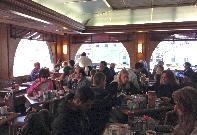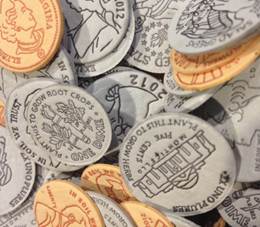In some circles, I am known as Diner Bob because of my passion to seek out and enjoy great diner’s around the country. It stems from my growing up in New Jersey, the capital of Diners in America in my opinion, and living in Sterling, Worcester County, Massachusetts for 30 years. Worcester is the home of the Worcester Lunch Car Company which produced more than 600 Diners between 1906 and 1957.
I had the opportunity to eat breakfast a few times at one of my all time favorites this past week in Madison, New Jersey. The Nautilus has been around since as long as I can remember. I grew up only a few miles away. It hasn’t changed much over the years. There are pictures on the walls of how it used to be and it is hard to tell the difference. I think that is the first rule in being a great Diner, consistency. This applies to any service organization. The second rule is a great product – in the case of the Nautilus, it is great food. Over the course of a few days, I had the opportunity to eat breakfast at the Nautilus a number of times. At each occasion, my party was seated promptly, tended to immediately and quickly served our orders exactly as ordered. All Diner’s across America can take a lesson here; provide consistent service, cook great food, have wait staff that are there to serve providing quick, attentive and accurate service and you just might have a successful business. It isn’t complicated, but it is rare to find.
And you needn’t take my word for it, this past Sunday we were honored to enjoy breakfast with Governor Chris Christy (look closely) sitting just a few tables away. As it turns out, this large man (in size and stature) who lives a few miles, New Jersey frequents the Nautilus. A great compliment to any Diner!
My hat is off to the Nautilus in Madison, New Jersey. Setting a great example! Long live the American Diner!



